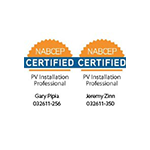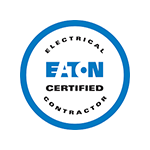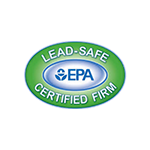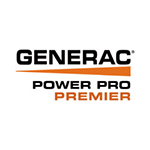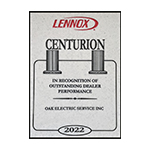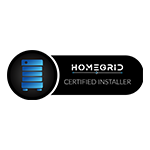Where you place your standby power generator determines not only how safe the generator is, but also how efficiently it will serve you. Below are some generator placement tips you should observe.
Limit Carbon Monoxide Exposure
A conventional generator burns fuel to produce electricity, and carbon monoxide is one of the byproducts of the combustion. Carbon monoxide is poisonous to the human body; you can pass into a coma and even die if you breathe in too much carbon monoxide.
Place your generator somewhere its fumes won’t reach the house and affect you. Here are a few tips to help you avoid carbon monoxide exposure:
- Place the generator outside so that the dangerous fumes don’t circulate in the house.
- Place the generator at least 20 feet away from the house so that the fumes can’t reach inside.
- Don’t place the generator directly in front of a door or window to limit the fumes that can reach the house.
In short, don’t do anything that can direct the dangerous carbon monoxide fumes into your house.
Allow Proper Air Circulation
Since the generator uses a combustion engine to produce electricity, and the combustion engine runs on fuel and air. At the same time, the generator produces gaseous byproducts of combustion that includes the aforementioned carbon dioxide. The generator, therefore, needs to take in the fresh air and dispose of stale exhaust fumes.
Place the generator somewhere with good air circulation so that it can get rid of the stale air and get adequate fresh air for its engine. Otherwise, the generator may not get adequate oxygen, which will cause incomplete combustion, low power, and decreased energy efficiency.
Place the Generator Somewhere Dry
Don’t expose the generator to snow, rain, or any moisture. Water conducts electricity, and if you expose the generator to moisture, the water may come into contact with hot wires and create a dangerous short circuit. Such a short circuit can trigger an electrical fire, malfunction, or shock.
Place the generator on a raised ground so that floodwater won’t affect it. You can also place the generator under a shed to prevent direct rainfall. Just make sure the shed is high enough and has open sides so that it doesn’t interfere with air circulation around the generator.
Place the Generator Near the Panel
You also need to place the generator as close to the main electrical panel as possible, but not close enough that you violate the minimum 20-feet rule. Proximity to the panel is important because you have to connect the generator to the panel so that the panel can distribute the power to the rest of the house.
You will use more resources to get power to your house if you place the generator far from the service panel. For example, you need a long cable if the generator is far from the panel. A long cable is also more likely to experience damage than a short one.
Place the Generator on Level Ground
A typical generator vibrates when it runs. If you place such a generator on uneven ground, the vibrations may displace the generator or even trip it over. That would be a danger because the generator should always run in its upright position to avoid fuel spillage. The generator may also run as if it is low on fuel if you don’t place it on firm and even surface.
As you can see, you don’t buy a generator and place it anywhere you like if you want safe and efficient power. At Oak Electric, we have the products, skills, and experience to help you with your generator placement and installations. Contact us for a quote for all your generator needs so that you never run out of power.










